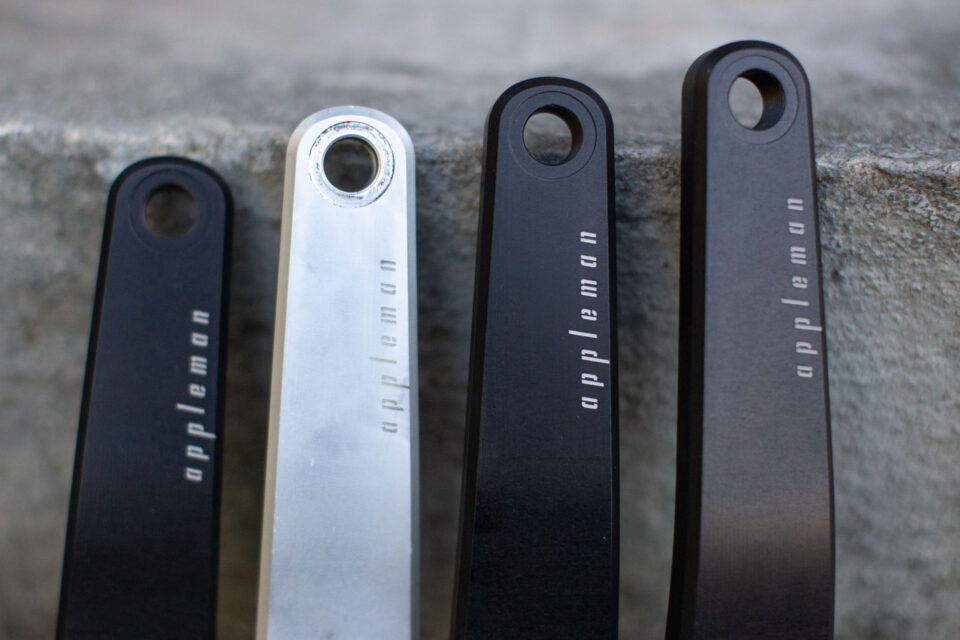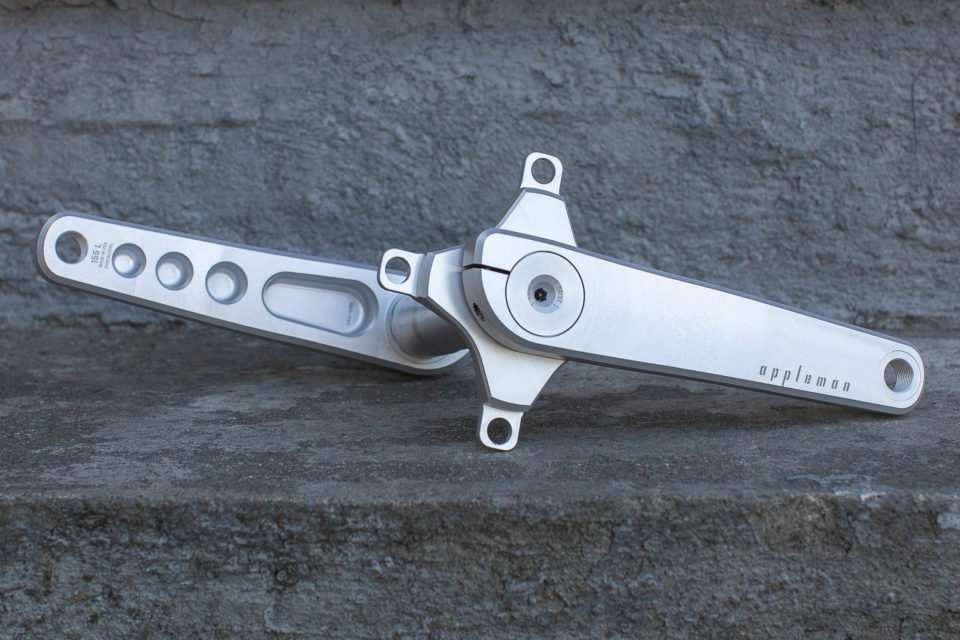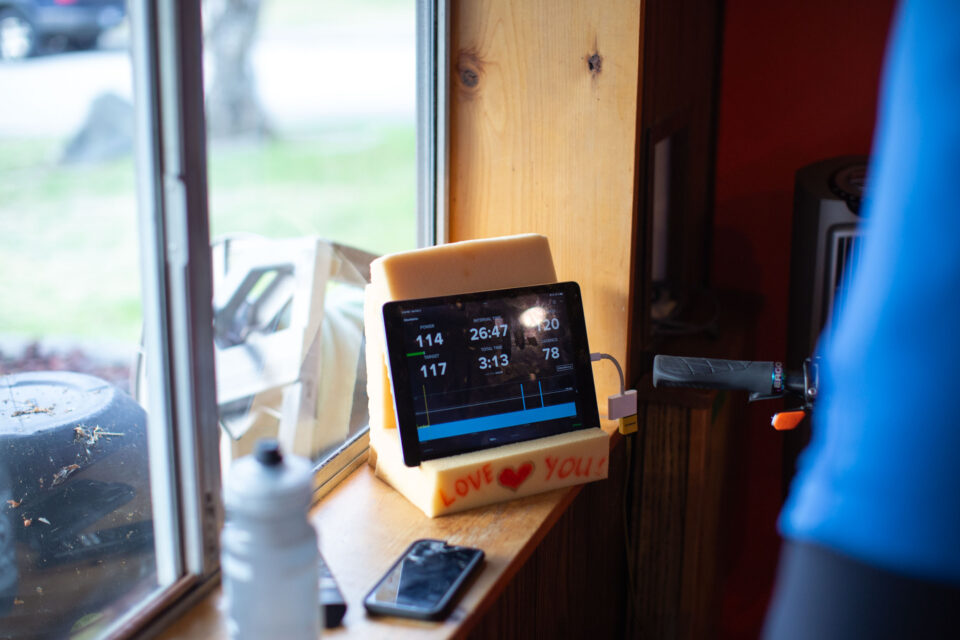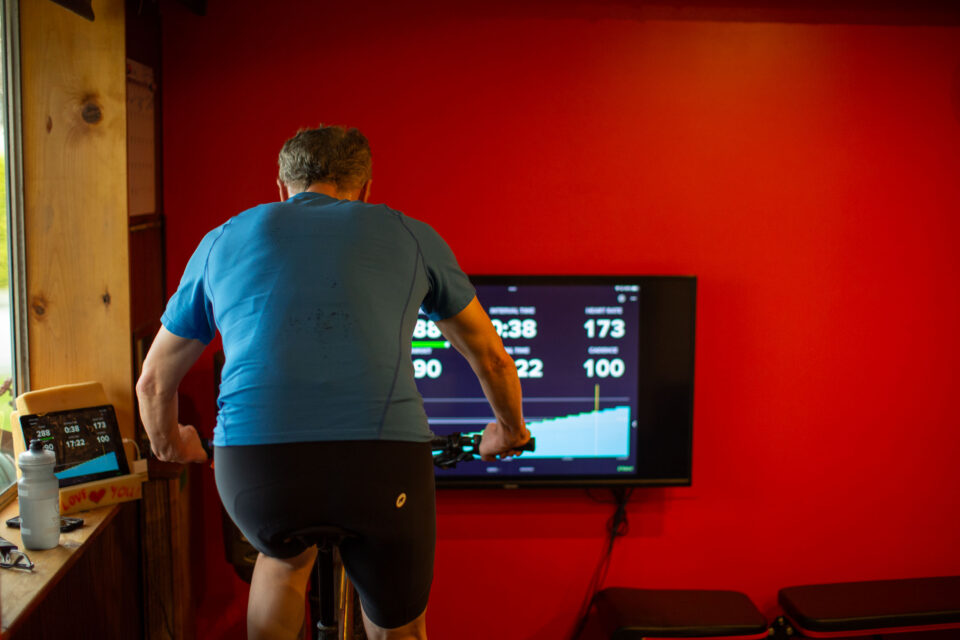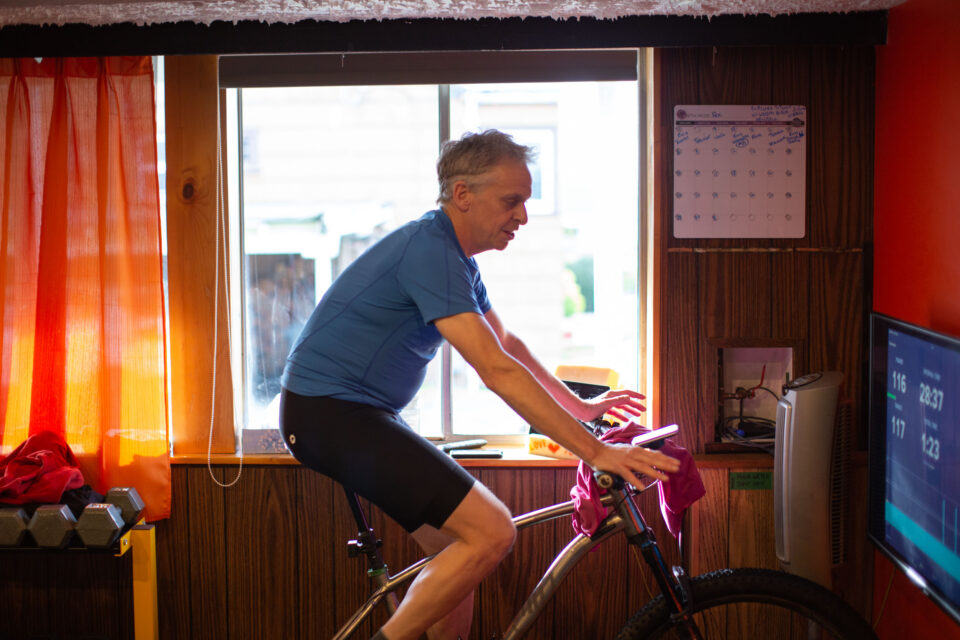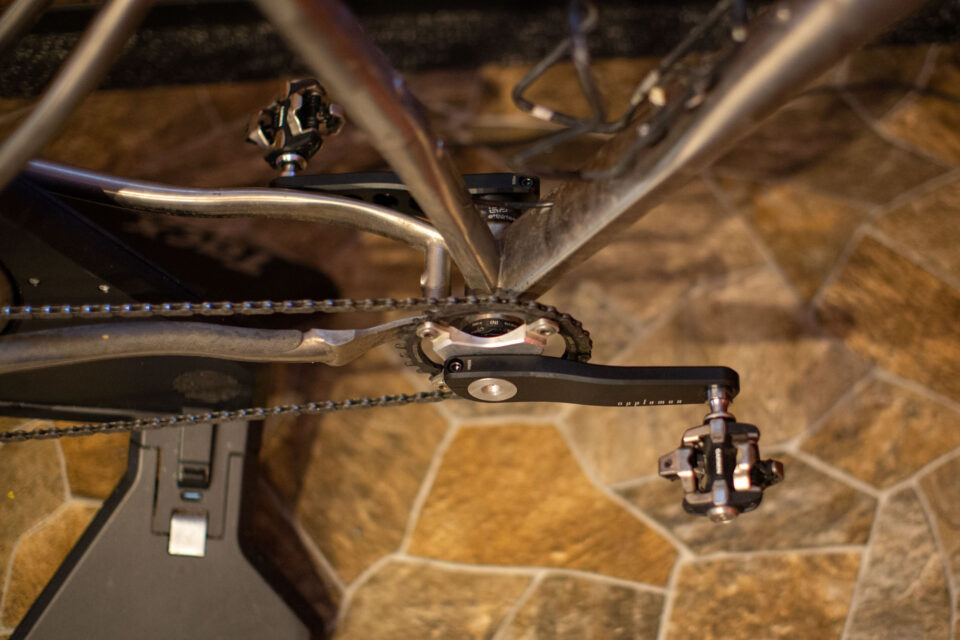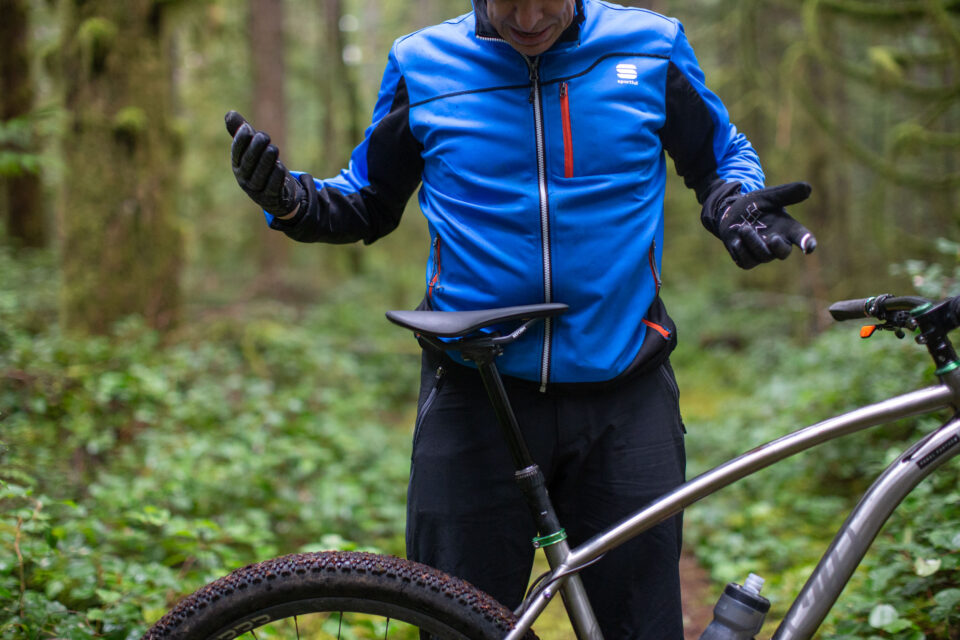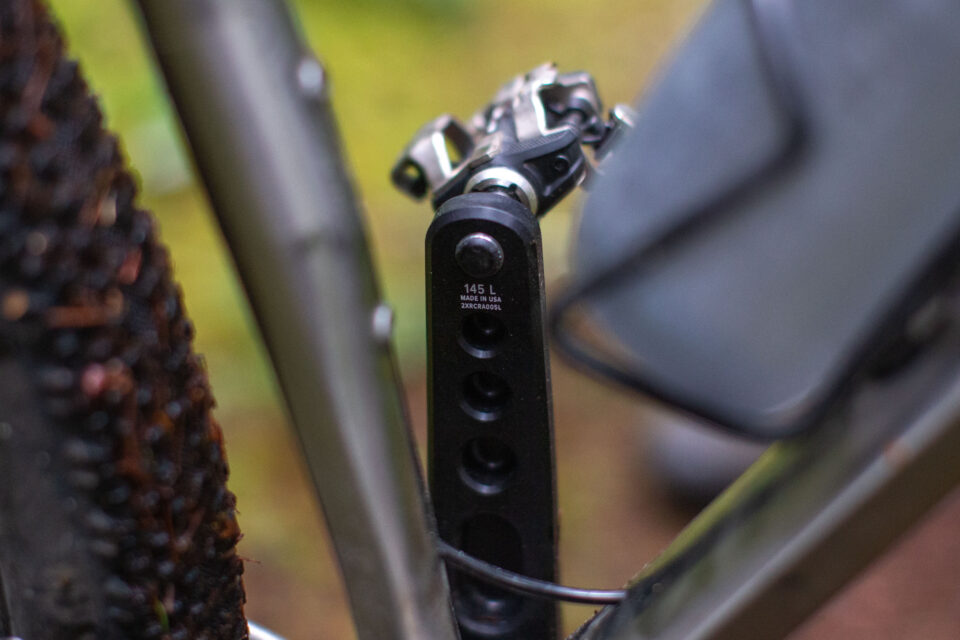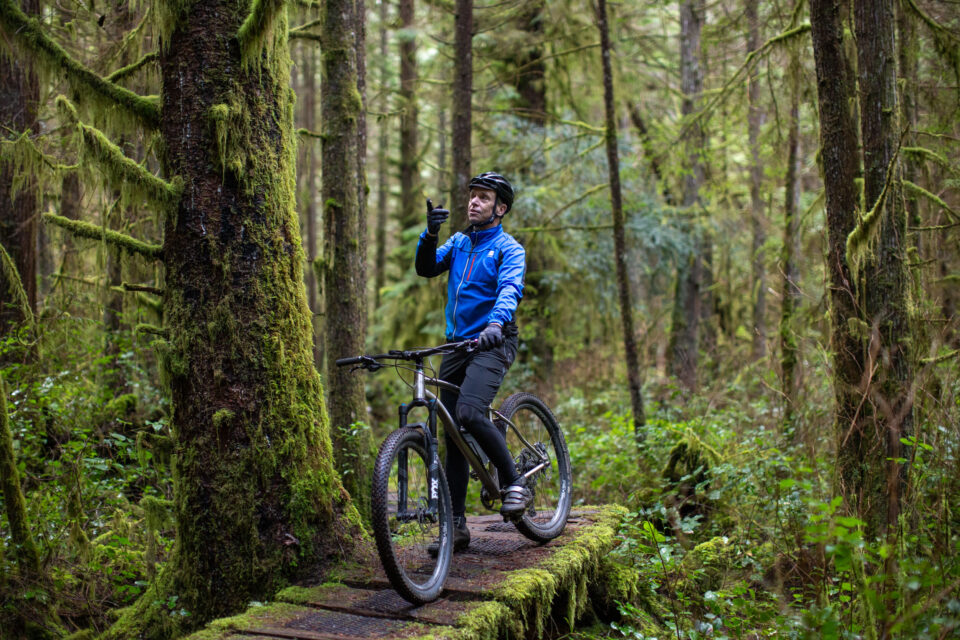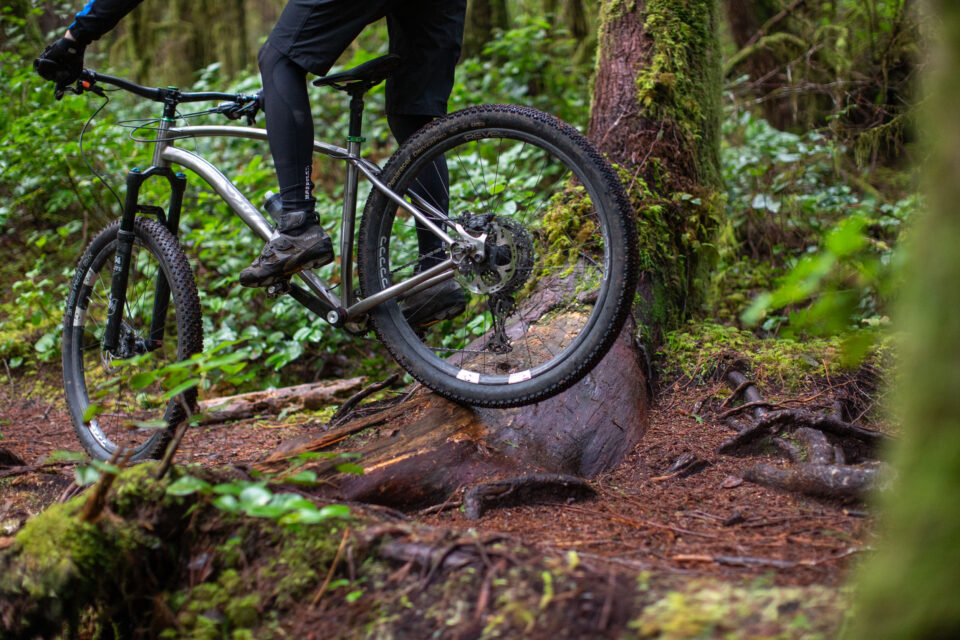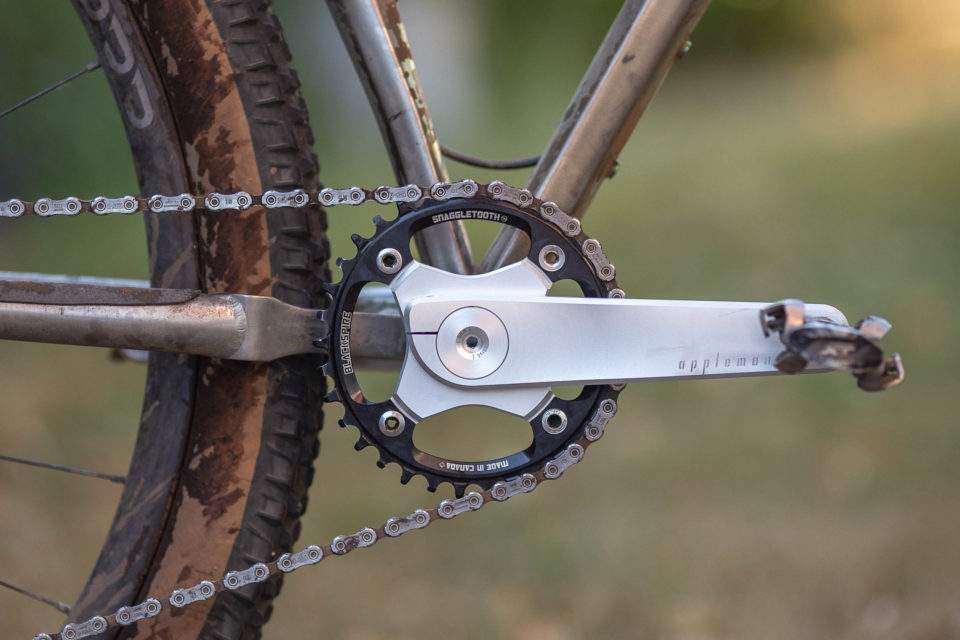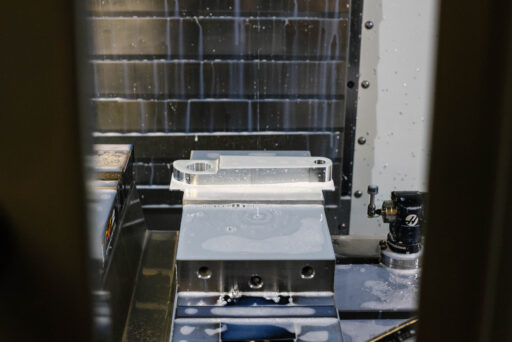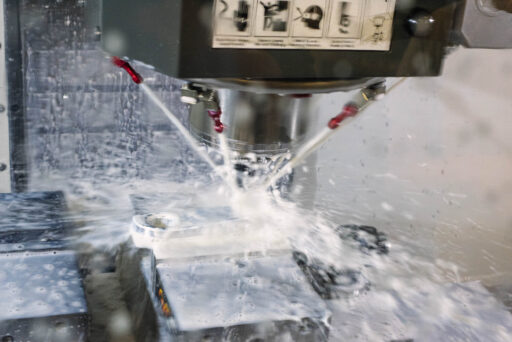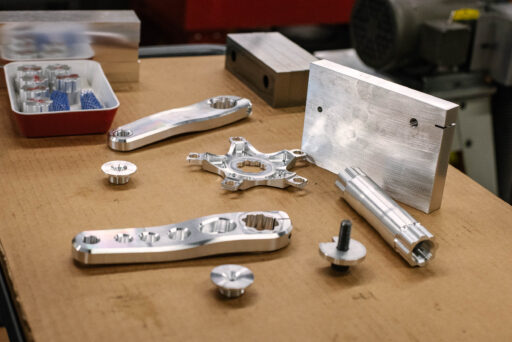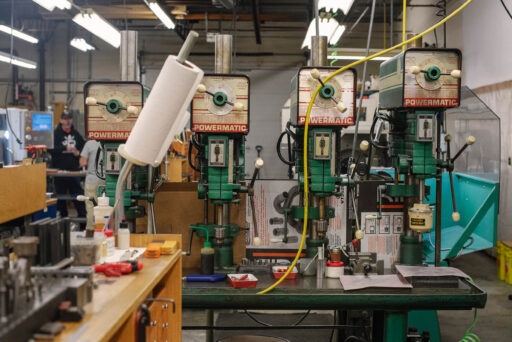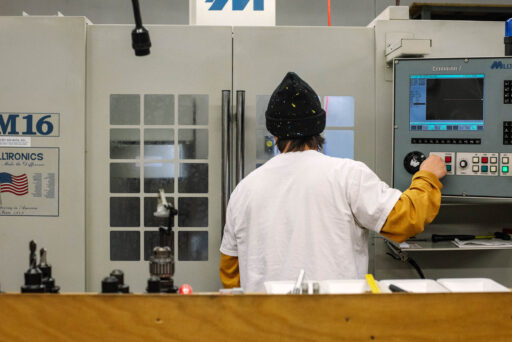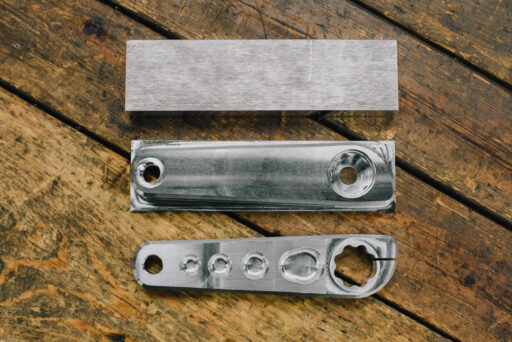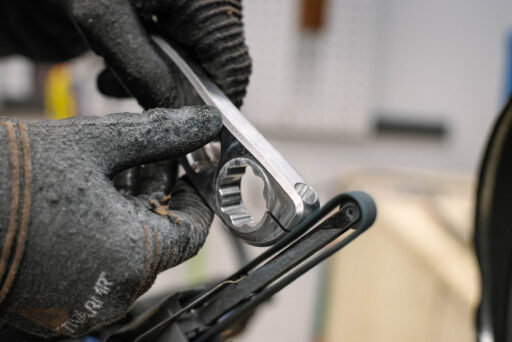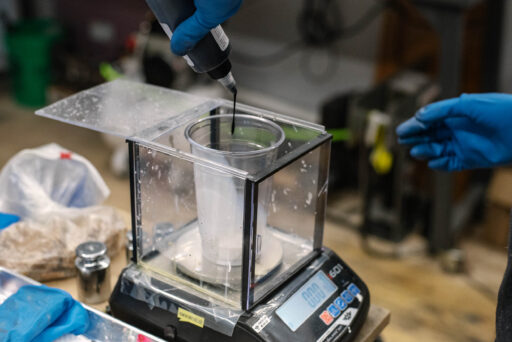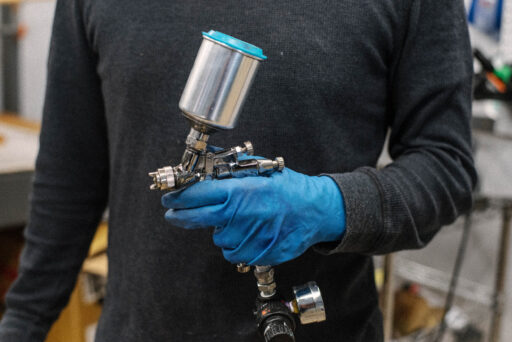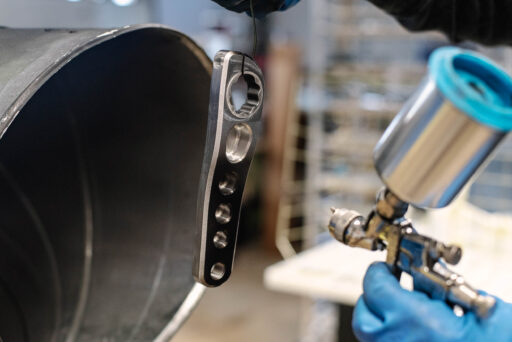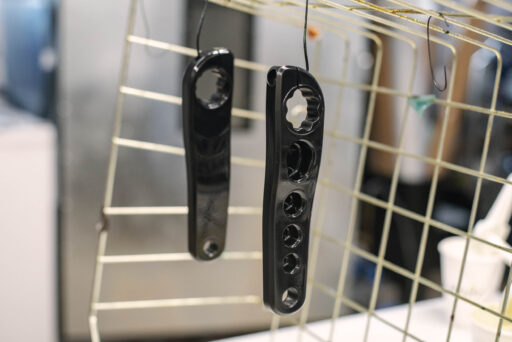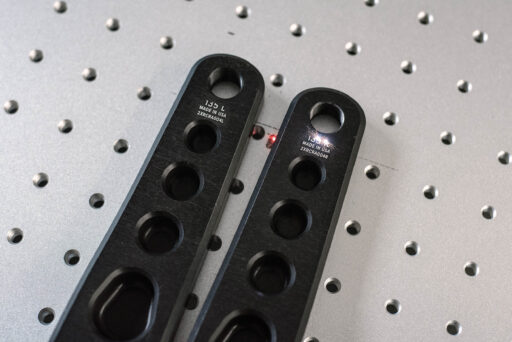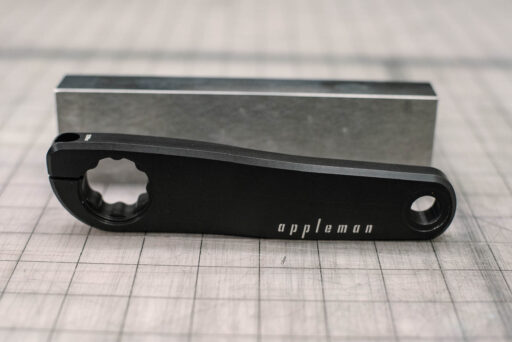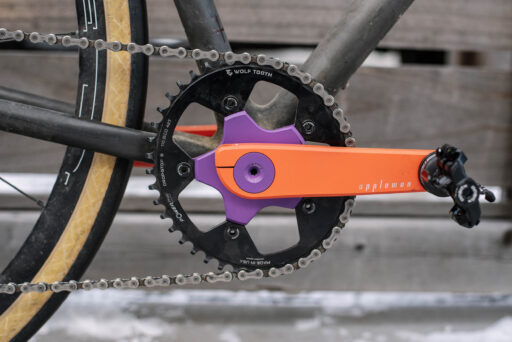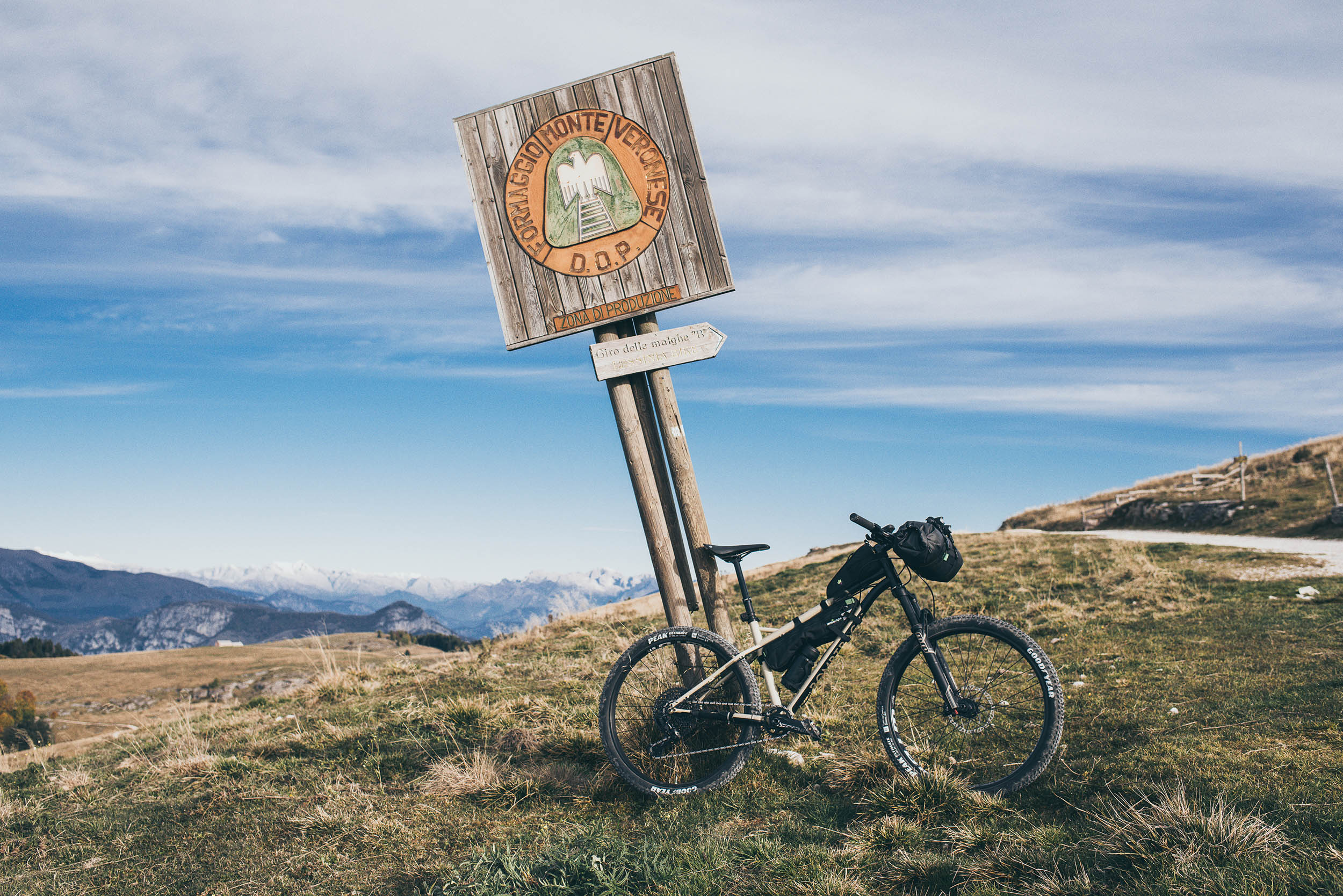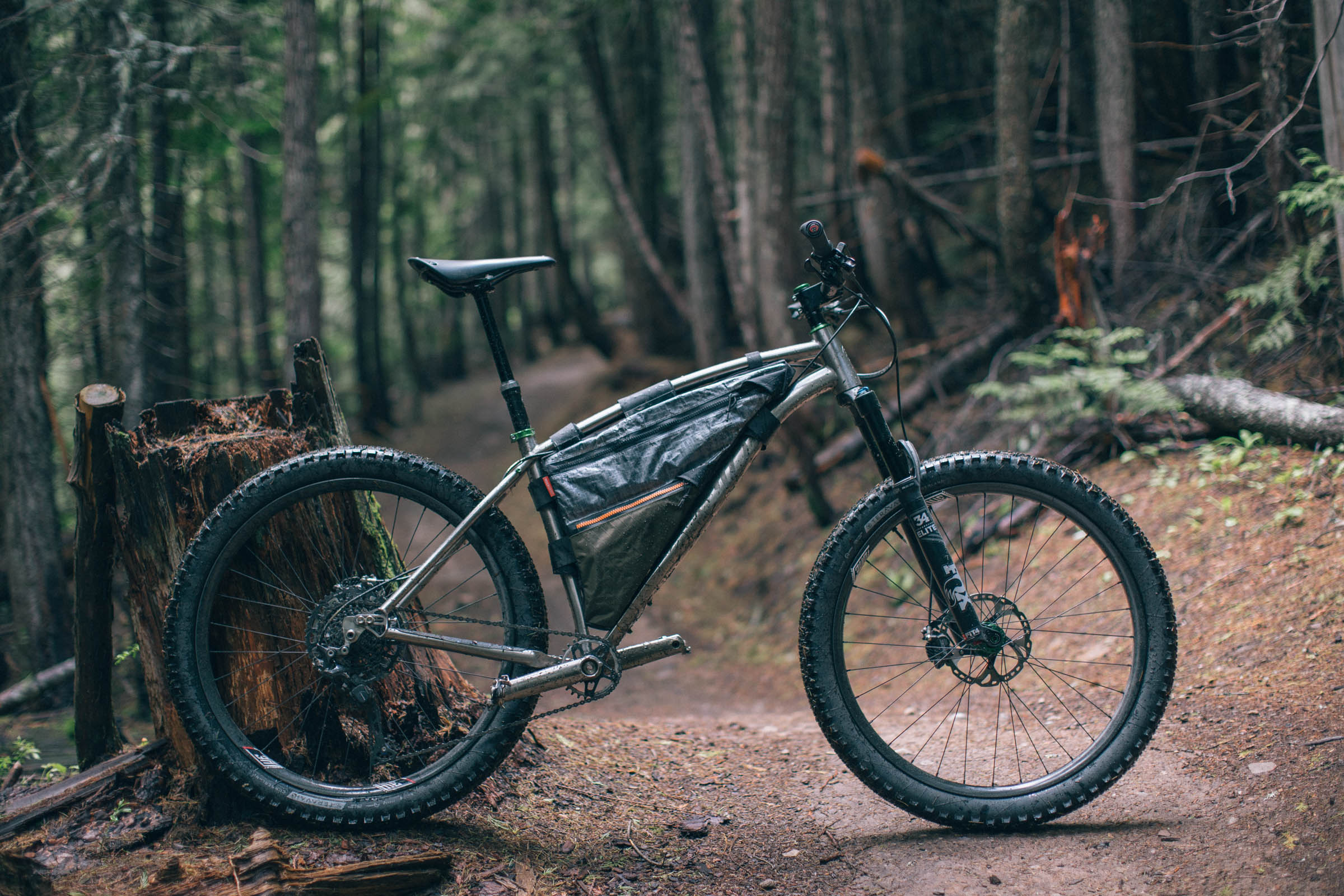Battle of the Cranks: A Real-World Crank Length Test
Share This
After testing shorter Appleman Bicycles cranks last fall, Miles was curious to take a deeper dive into crank length and its effect on power, body position, and bikepacking. Equipped with power pedals, a smart trainer, and cranks ranging from 145mm to 175mm, Miles and his friend Dave report back with some surprising findings. Find the full crank length test and an exclusive look at the making of Appleman’s 2XR cranks here…
Minneapolis-based Appleman Bicycles released their 2XR (two times radius) cranks last fall as a way to offer a totally custom bike fit and address concerns related to comfort. Not only are the cranks fully manufactured in Minnesota and easy on the eyes, but their modular design makes swapping between crank lengths and spindles quick and easy. Since owner Matt Appleman’s whole shtick is that many cyclists might benefit from shorter cranks, and I found that 155mm cranks didn’t feel as weird as they sounded, I decided to take a deep dive into crank length to see if I could figure out what all the fuss was about.
Unfortunately, I injured myself a few weeks back and haven’t been riding as much as I wanted, so I turned to my friend Dave Opko to assist with the study. Truthfully, bringing Dave on was a blessing in disguise and a partnership that really took our study to the next level. Dave is an ever bigger nerd than I am and has years of serious training and number crunching under his belt. Terms like FTP, power output, cadence, and V02 max mean a lot more to him than to they do to me, so he quickly became more invested in the science of crank length than I ever could have imagined.
Matt Appleman was kind enough to send over four sets of cranks from 145mm to 175mm in length. Garmin set us up with some smart pedals, and Dave had a NASA-approved basement training facility already set up for us. Crank length super nerd test, engage!
For those wondering, Dave is 5’10” with a 34” inseam (he has long legs!) and I’m 6’1” with a 33” inseam.
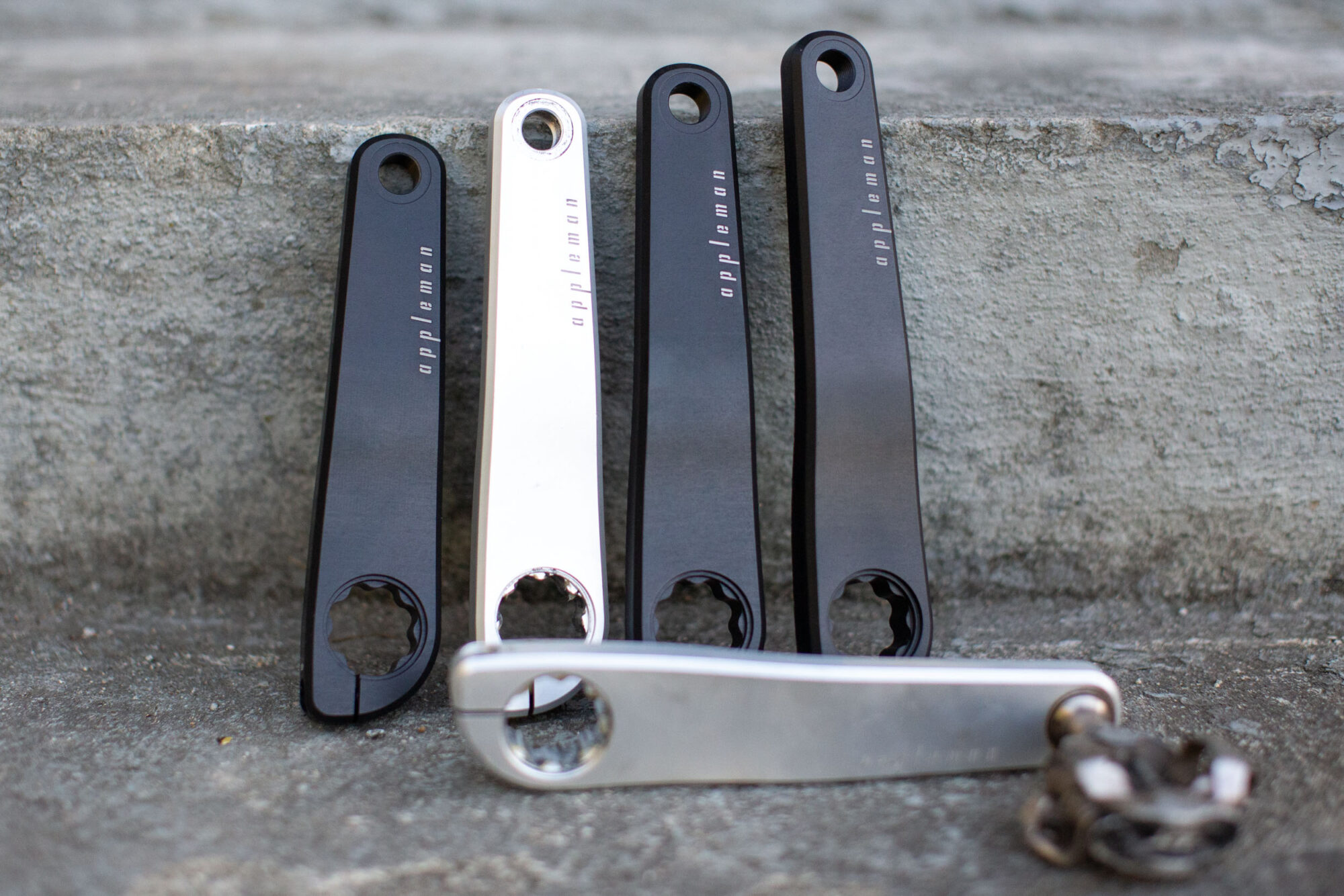
The Ramp Test
We decided that Dave would use my Why Cycles S7 for the study because it was already set up with the Appleman cranks, but also because we felt a hardtail mountain bike would give us a better representation of what was actually going on, compared to a full-suspension mountain bike. Plus, Dave had never experienced the magic of titanium.
The study itself consisted of two primary tests. A basement lab trainer test and a “real world” test on mountain bike trails. Dave decided to use a ramp test to access his functional threshold power (FTP) between the different crank lengths. An FTP test is considered the gold standard for measuring cycling performance and power output, and Dave already knew his stats, so could quickly compare to see how things changed. The ramp test is quite simple: a program provides a target power that the rider aims to hit and maintain. The target power increases each minute until the rider eventually fails. Using TrainerRoad’s ramp test, the FTP is then calculated by taking 75% of the best one-minute power output.
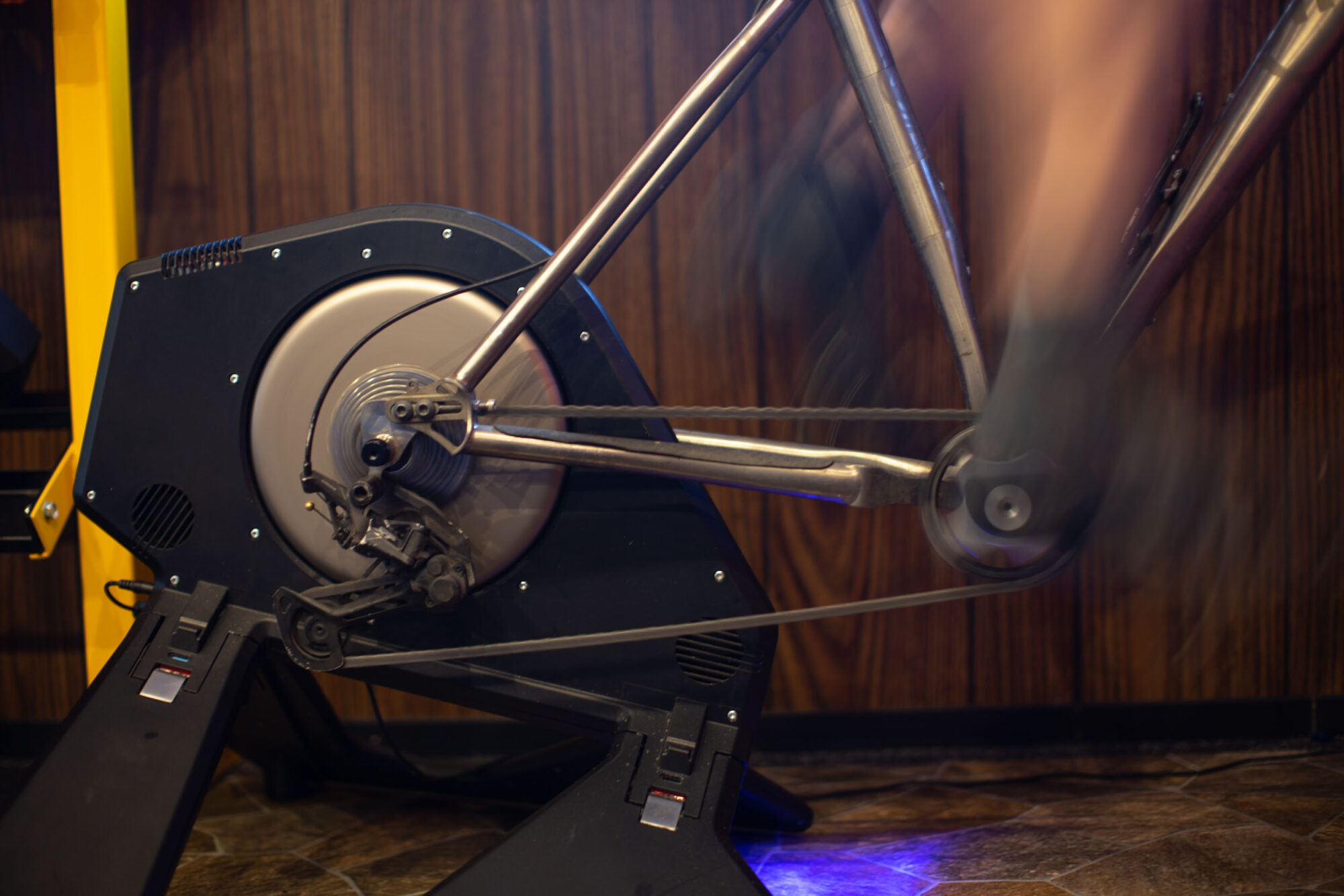
Results
By Dave Opko
Not much! My measured functional threshold power between the 175 and 145mm crank lengths was exactly the same. Actually, that’s not too surprising, and it fits with most of the real studies out there. What was interesting, at least at a nerdy level, was the process. My first test was with the 175 mm cranks, the same length on my XC race bike. The result was only 2.5% less than my current FTP with similar heart rate and cadence numbers.
When I dropped down to 165mm cranks, the power fell off significantly – down 6% – and my heart rate went up. It was noticeable. I felt like my heart rate was quickly ramping up toward failure without my muscles fatiguing even though my cadence was exactly the same. The real world rides at 165mm felt similar. At this point, I thought I already had it figured out: shorter cranks are like increasing cadence – you shift the emphasis toward cardiovascular fitness from leg strength.
Then, I put on the 155mm cranks, and things started changing. I managed to get in a couple of longer rides outside and, subjectively, the short cranks were feeling less and less weird. When I tested the 155s, the power began to creep back up, and by the time I tested the 145s, my FTP was exactly the same as it had been when I tested the 175s. Overall, I think I simply got used to the smaller pedal stroke, just like I have adapted to a higher cadence over the last few years.

Crank Length Test: The Ride
Dave set up a local ride that he completed after each ramp test and before looking at the data, so as to not influence his ride. He told me that he did his best to just ride the loop and not focus on what was happening until after the ride. The loop consisted of a 9.55-kilometre route around familiar trails close to his home. There was a gradual 1.5-kilometre road climb, a short section of flat gravel, a 1.5-kilometre tight and fast gentle singletrack downhill, and lots of rocky and rooty segments that are easy to get hung up on.
Results
By Dave Opko
Again, the data had no real surprises. Mirroring the FTP test, the power numbers dropped off a bit as the cranks got shorter, while my heart rate increased. By the time I got to the 145mm cranks, the power had increased on the climbs to the same level as the start. This matched how it felt; initially I had to go slower and slower just to keep my heart rate down, but by the time I got to the 145s, my heart rate might have been a little bit higher but I felt fresh to the top of the climbs. Interestingly, on the 1.5-kilometre downhill section, I got noticeably faster every time the cranks got shorter.
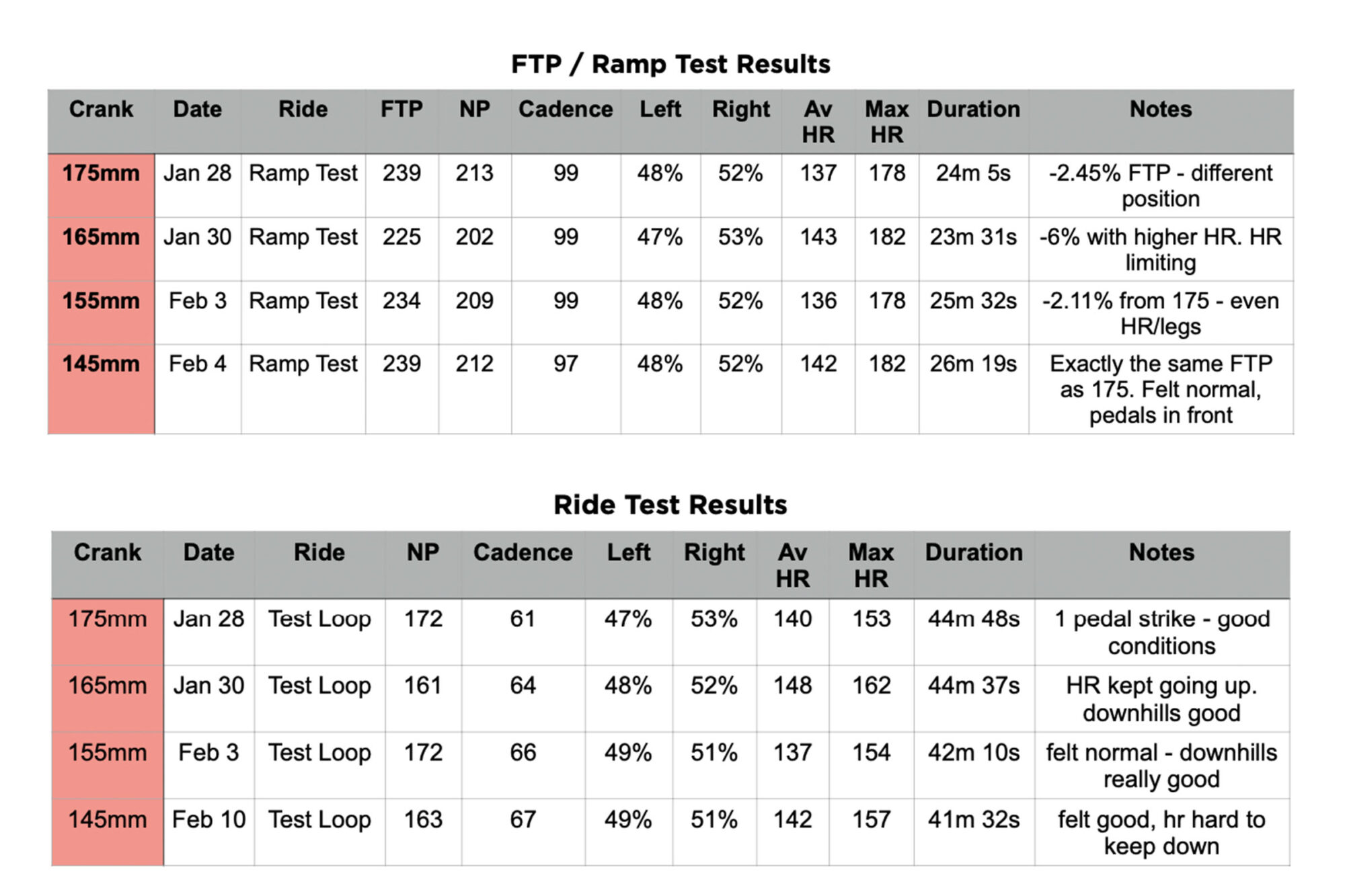
The Effects of Crank Length
Body Position
One of the biggest changes – and likely one important to bikepackers – was how crank length affected body position on the bike. Shortening your cranks requires a higher seatpost, which raises your center of gravity higher off the ground. While 3cm might not seem like much, the change also shifted Dave’s lower body further back on the bike, increased the drop between the saddle and handlebars, and had him wishing for a longer travel dropper post on steep descents. On the other hand, the reduced offset was surprisingly comfortable and responsive when standing in a standard downhill-ready position.
Gearing
Shorter cranks require more force to move the same gear at the same speed, and while not everyone will require a smaller chainring when moving to shorter cranks, I think most bikepackers will. Appleman recommends trying a 1/2 (one half) percentage change of crank length reduction in gearing. “For example, going from 172.5 with a 40t chainring to 155mm cranks is a ~11% change. Finding a gear that is about half of that 11% would be a 38t, a 5% difference. Or, say you’re currently riding a 32t chainring, then a 30t would provide a 6% reduction in gearing.”
Pedal Clearance
Reducing pedal strikes without affecting bottom bracket height is something most people can appreciate. Having the option to smash your pedals less often while maintaining the stability and control of a bike with a low bottom bracket is a great reason to try shorter cranks. I had fewer pedal strikes changing from 170mm to 155mm cranks, and Dave echoed these findings during his testing. On one recent ride, I was impressed to see Dave pedal non-stop through chunky and obtrusive root gardens. He cleared technical sections and tricky climbs without as much as a quick back pedal or ratchet of his pedals, solidifying our thoughts on the benefits of short cranks and pedal clearance. While tire/toe overlap is becoming less of an issue on modern bikes, shorter cranks can also help eliminate it.
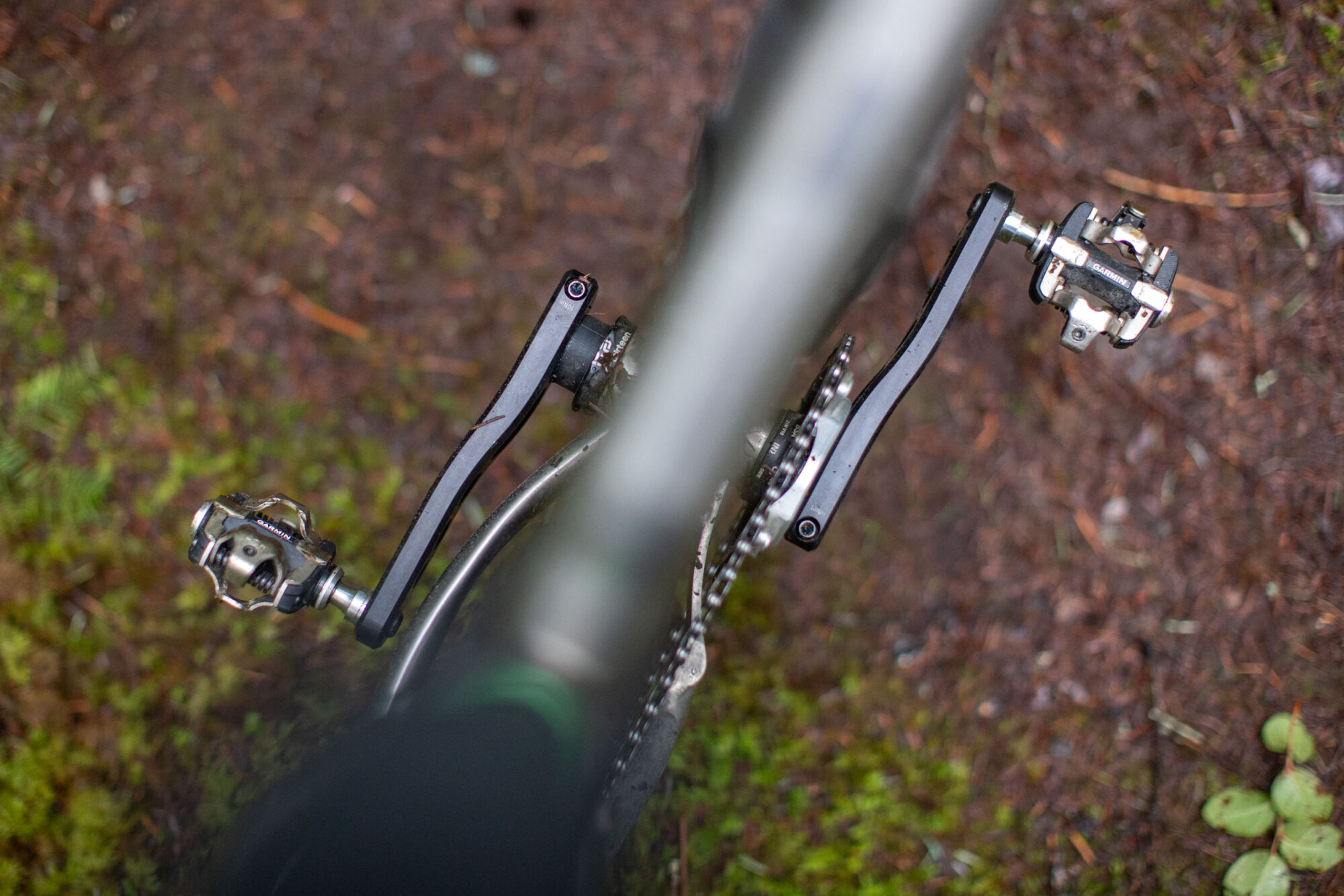
Power
Dave: I don’t think there’s a lot of overall power loss, even at the shortest crank length. How this power is produced does subjectively feel different, though. There is a subtle shift toward a more cardiovascular effort, similar to shifting to an easier gear and increasing your cadence. While this is probably as or more efficient for most riders in most situations, there are times when it’s limiting. Most noticeable is when an ugly patch of roots appears suddenly around a corner. With super short cranks, there is less power available without shifting to a harder gear, and that isn’t always possible in that situation.
Similarly, a quick acceleration out of a tight turn also was limited without a shift in the middle of the effort. I think that alone would make me think hard about using short cranks on a race or sporty bike. Also, I did an FTP test with 172.5 cranks and my normal road position after a solid month on progressively shorter cranks, and my power fell off a cliff! I was down almost 15%. I just couldn’t get anywhere near my usual max heart rate of about 180-185. My legs just gave out. I feel like the last month of riding on short cranks had developed a narrower range of motion, and I felt somewhat weak going back to long cranks.
Fit
Dave: I noticed only minor fit issues. I’m pretty adaptable to bike fit issues and generally set up most of my bikes in what would be considered a pretty aggressive, stretched-out position without any significant pain issues. That said, I did notice a bit of discomfort in my hips and knees as I adapted to the shorter cranks.
One fit issue I hadn’t considered was the tighter platform in the descending-ready position. I’ve been trying to lower my heels when descending and have suffered some stretched achilles or ankle pain. I immediately found relief from that pain when the cranks got shorter, and I was effectively doing less of a lunge-type position when going downhill with dropped heels.
A Day with Matt Appleman
Words and photos by Lucas Winzenburg
I haven’t had a chance to ride Appleman’s 2XR cranks yet and can’t add anything to the technical side of this discussion, but Matt invited me to spend a morning with him while I was visiting Minneapolis earlier this winter, and I want to share some visual impressions from my visit.
He partners with a small, family-run CNC machine shop just down the road to transform blocks of high-strength aluminum into his crank arms, spiders, spindles, and bolts. Taking Matt’s original designs, a highly collaborative, small-batch production process ultimately leads to what we can recognize as crankset parts, and Matt is closely involved at every step along the way.
With the machining of the crankset pieces completed, Matt then takes them to his modest-sized workshop for hand finishing. This process involves smoothing out any remaining rough edges, painting in one of 10 colors, and laser engraving his logo and other information. Each 2XR crankset is finished to order. Meticulous doesn’t do justice to his process, and his hand-finishing work is a time-consuming labor of love that blends art and science to create some of the most distinctive cranks on the market—all within the space of just a few miles. I left the Appleman workshop feeling impressed by all I’d seen and eager to try riding a set myself sometime. As for what length to go with, that’s the big question!
Wrap Up
Crank length has been a hot topic this year. Despite most of us never truly considering the implications of changing crank lengths, and that includes me, it now seems to be on more riders’ radars. Appleman kickstarted the discussion with their modular cranks and belief that adjusting crank length is at the core of optimizing bike fit, comfort, and efficiency.
In the case of our test, we focused on the implications of shortening crank length, what that means from a power output standpoint, and how shorter cranks feel in the real world. Long story short, short cranks aren’t going to slow you down, but go too short and you run the risk of negatively affecting your position on the bike—at least from a loaded bikepacking perspective. If there’s one thing Dave and I learned from this, it’s that most people could probably benefit from dropping 10-20mm of crank length from what they’re already using.
What we didn’t dig into deeply was the relationship between crank length and bike fit. Shortening your cranks (and raising your saddle height) reduces knee and hip angles, which, according to Appleman, are main contributors to knee, leg, and low back pain. Shortening the cranks results in less bending of the hips and knees at the top of the pedal stroke, resulting in more breathing room, and potentially a more aero riding position, if that’s something you’re after. Appleman’s guide to crank length is an invaluable source for anyone wishing to dig into this deeper. They even have a tool to calculate your ideal crank length and more information on power, leverage, and gearing.
Related Content
Make sure to dig into these related articles for more info...
Please keep the conversation civil, constructive, and inclusive, or your comment will be removed.













